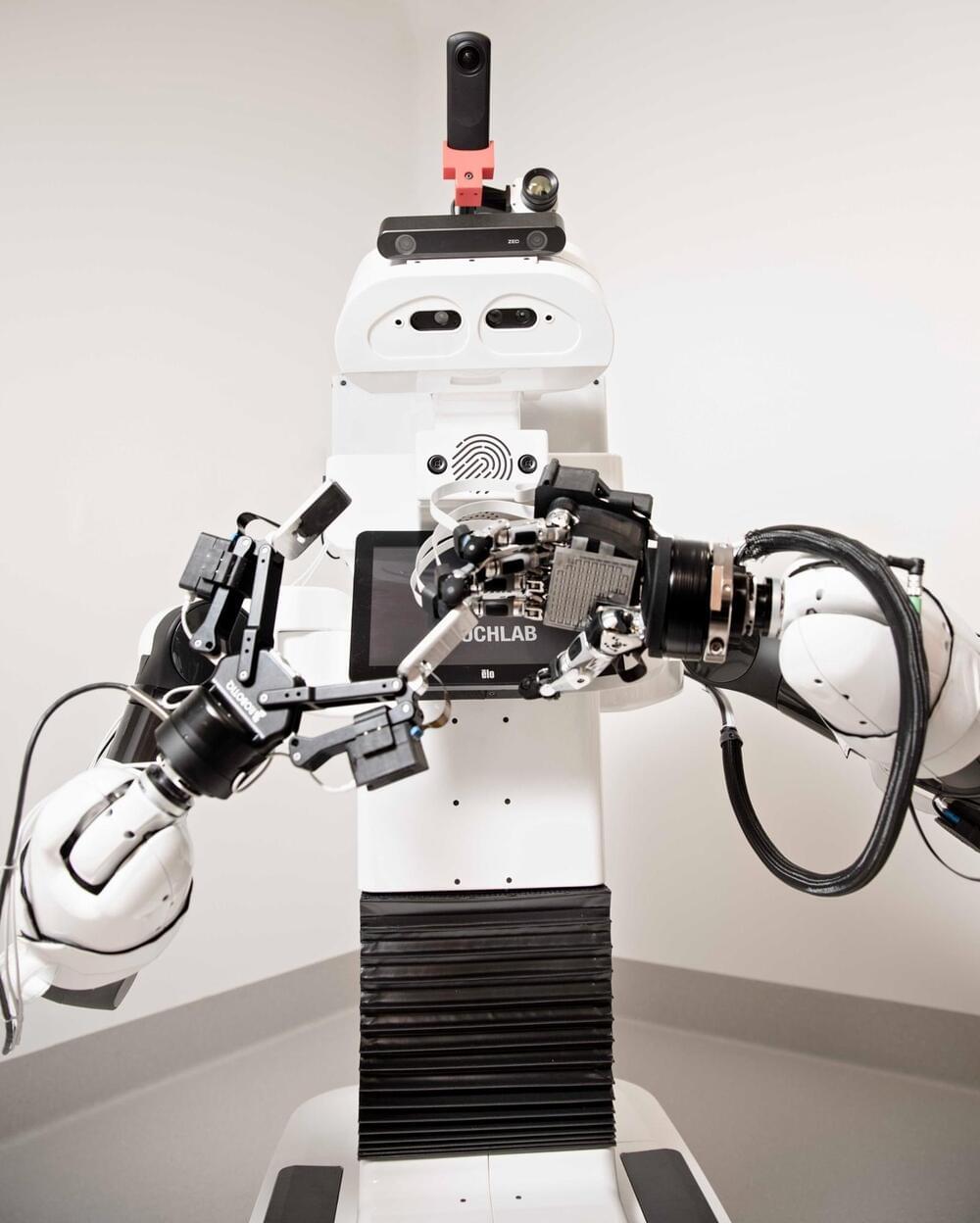Amazon’s cloud computing unit likes to build its services from the ground up, and AMD could be the perfect fit.
When Advanced Micro Devices (AMD) unveiled its new artificial intelligence (AI) chip during a keynote presentation in San Francisco on Tuesday, Wall Street reacted by sending its stock price down by 3.5 percent. This was attributed to the lack of a prospective buyer for the chip. It has now emerged that Amazon is considering the chip for its cloud unit, as per a Reuters.
AI models are the new buzzword in the tech industry, and Nvidia has hogged all the limelight when it comes to powering them. Once known for making great graphic cards for gaming purposes, Nvidia has recently gained popularity for its chips powering great AI models.









